gcc の拡張機能である inline assembler の使い方。基本的には次のように記述し使用する。
asm ( assembler_template
: output operands /* optional */
: input operands /* optional */
: list of clobbered registers /* optional */
);
次のように cpuid() 関数を用意すれば良い。
void cpuid(int op, int *eax, int *ebx, int *ecx, int *edx) {
__asm__ __volatile__ ("cpuid" :
"=a" (*eax), "=b" (*ebx), "=c" (*ecx), "=d" (*edx) :
"a" (op) :
"cc");
}
今回 assembler template はもちろん "cpuid"。
output operands の "=a" (*eax) は、 EAX レジスタの値を *eax に格納することを意味している。ここで a は EAX に対応し、= で書込みを指定している。b, c, d も同様である。
input operands の "a" (op) は、EAX レジスタに op の値を格納することを意味している。
list of clobbered registers の "cc" は condition codes が変更されることをコンパイラに伝えている。












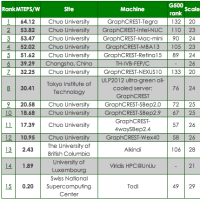
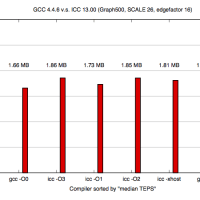
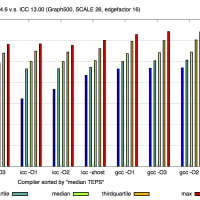

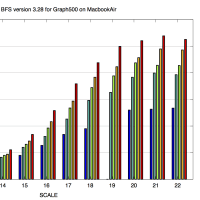
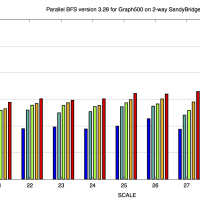
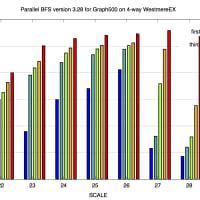
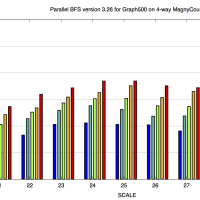
※コメント投稿者のブログIDはブログ作成者のみに通知されます